Sanitary cars of the Great Patriotic War: special and artisanal
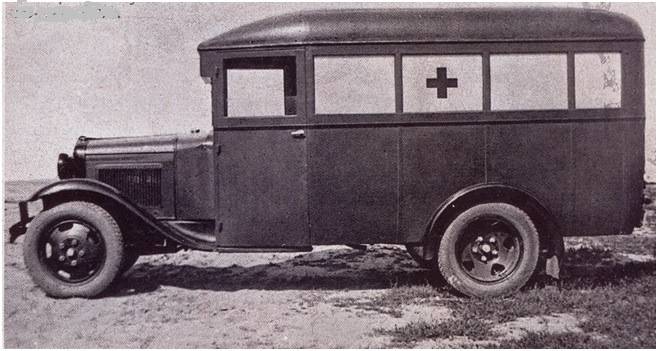
Transportation of the wounded and sick is a rather complicated task, the solution of which requires special equipment, such as ambulances. The first machines of this kind appeared at the medical service of the Red Army in the thirties. The development of the sanitary park continued and did not stop even during the years of World War II.
First generation
Ever since the First World War and the Civil War, it was known that the wounded and sick should not be transported in "ordinary" cars and trucks, since such a trip can lead to a deterioration in the state with the most sad consequences. The patient needed both the supervision of a medical professional and special transport conditions.
Real work on the creation of ambulance for military medical units started in the early thirties; they were led together by the people's commissariats of defense and health. According to the results of this project, in 1935 a unified look of an ambulance was adopted for the Red Army and civilian hospitals, taking into account the needs of the customer and the possibilities of industry.
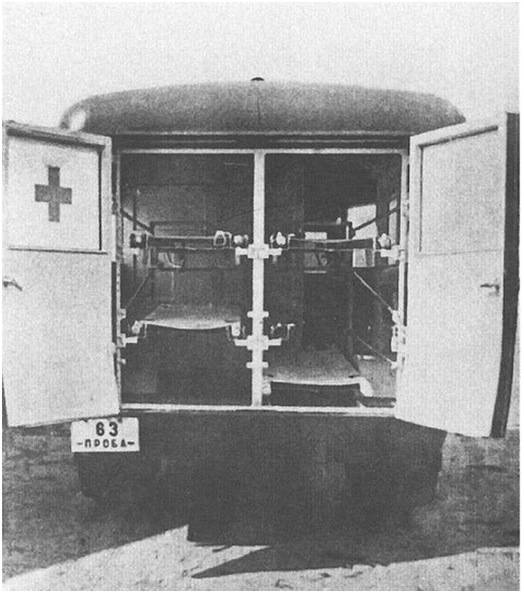
Based on this concept, the Design Bureau of the Gorky Automobile Plant, headed by Yu.N. Sorochkin created several new designs. The first was the GAZ-03-32 ambulance bus. It could be built on a GAZ-AA or GAZ-MM chassis, and the design of a one-volume box body was based on a small class bus GAZ-03-30. The car could transport four stretchers, a nurse and some stock of medicines. Soon, a similar GAZ-05-194 bus appeared on the GAZ-AAA three-axle chassis. It was distinguished by an increased volume of the cabin and the presence of additional seats. Maximum unification with other samples has borne fruit. So, in a matter of years, it was possible to build more than 1400 GAZ-05-194 buses.
In parallel with the ambulances for transporting the wounded, other models were created for military doctors. In all cases, it was a standard van with one or another equipment.
With all the requirements
In 1935, work began on the first ambulance transport, taking into account all the specifics of future work. GAZ engineers studied domestic and foreign experience, after which they formed the full technical appearance of the new machine and built a prototype. Subsequent work continued until 1938, and their result was the GAZ-55-55 (often reduced to GAZ-55).
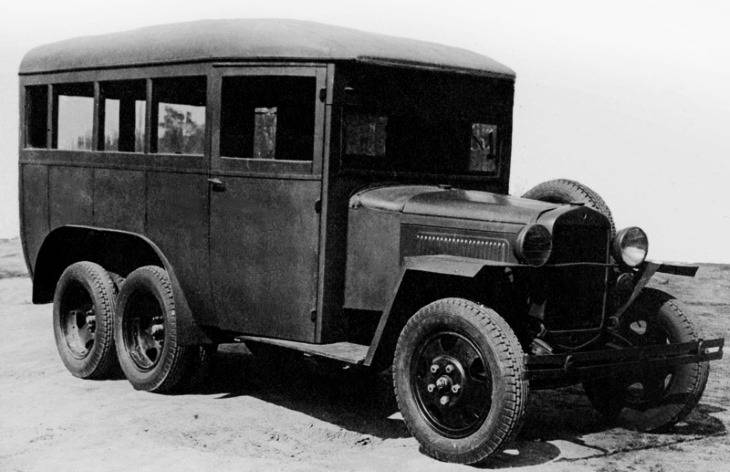
The basis of the GAZ-55-55 was the GAZ-AA chassis with elongated rear springs and additional lever shock absorbers from the GAZ-M1. Such a chassis was notable for smooth running and did not shake patients. The exhaust pipe passed through heat exchangers and heated the cab. The wooden-metal van, as existing, housed folding benches and fasteners for stretchers. The machine could carry up to eight sedentary or up to four bedridden, as well as an orderly.
The first production GAZ-55-55 appeared in the same 1938. Until the end of the year, GAZ manufactured 359 cars. Another 72 chassis went to the Kazan body factory for final assembly. In the following years, the pace of production grew, this did not stop even the beginning of the war.
Of great interest is the "armored motorcycle medical station" BA-22. The Vyksa plant DRO in 1937 developed a special armored car capable of picking up the wounded from the front line and safely delivering them to the rear. The armored car was built on the GAZ-AAA chassis and equipped with bulletproof protection. A large aft compartment could accommodate 10-12 seated or 4 lying wounded on a stretcher.
The tests and refinement of the BA-22 were delayed, but according to their results, the machine did not suit the customer. In the summer of 1939, all work ceased. The only built sanitary armored car was transferred to the Scientific Research Sanitary Institute of the Red Army to study and gain experience. The concept of a sanitary armored vehicle has not been developed.
First Venture
The first enterprise producing specialized ambulances for the Red Army was GAZ. Following him, other automobile and related plants received similar orders. For example, the already mentioned Kazan Bodywork Plant participated in the construction of the GAZ-55-55. Production was developing and gaining momentum, but still could not satisfy the needs of the military medical service.
After several years of operation and numerous exercises, in July 1938 ambulances were first used during a real military operation. During the battles on about. Hassan military doctors showed all their skills and made full use of the available equipment. In the future, GAZ-55-55 and other vehicles were used in the area of the river. Khalkhin Gol.
In both cases, it turned out that ambulances, with all their obvious advantages, have insufficient capacity, and therefore some of the wounded had to be transported by regular trucks. Such a problem could be solved by increasing the number of existing equipment or by creating new models with larger vans.
However, the condition of the sanitary park at that time was favorably affected by the supply of any equipment. According to various estimates, by the summer of 1941 there were no more than 40-50 percent in military medical structures. of the required number of ambulances. Closing all the needs could take several more years.
Wartime Improvisation
At the time of the Nazi attack in the Red Army, there were several thousand ambulances. So, the number of GAZ-55-55 alone was approaching 3,5 thousand. A significant share of the fleet was GAZ-03-32, GAZ-05-194 buses and other similar cars.
However, this was not enough. The burden on automotive units has increased dramatically. In addition, the first losses appeared - the Nazis did not constrain themselves with conventions and attacked physicians. In such conditions, any available transport was required.
The sanitary specialization was again “mastered” by trucks. The wounded were put in or seated in a body, and the driver tried to drive as carefully as possible in order to avoid consequences. If possible, the trucks were minimally modified. To simplify sanitization, the body was covered with sand and lined with straw. Safety belts and strong hands of healthier comrades saved from lying shaking.
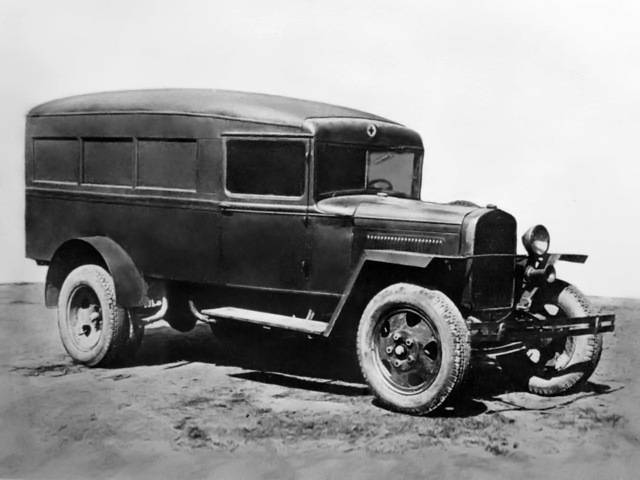
Mobilization of civilian equipment was carried out. If possible, specialized transport was taken from hospitals. At the end of 1941, at the request of the State Defense Committee, the Moscow City Executive Committee transferred to the military medical service about a hundred buses serving the capital. After a minimal alteration, they became ambulance and began to carry passengers in need of medical care.
Car factories continued to produce serial equipment. Various measures have been taken to expedite and reduce the cost of production. For example, in 1942, the production of GAZ-55-55 vehicles on the GAZ-AA chassis in its original form, without a “soft” suspension, began. It was possible to return to the previous configuration only in 1943. The forces of other enterprises also produced buses and vans on serial chassis. A significant contribution to the replenishment of the park was made by import lend-lease deliveries.
Despite all the difficulties and losses, industry and the medical service continued to work and increased the number of ambulance transport. By January 1944, the staffing of units exceeded 70%. In the foreseeable future, this parameter could grow with understandable positive consequences.
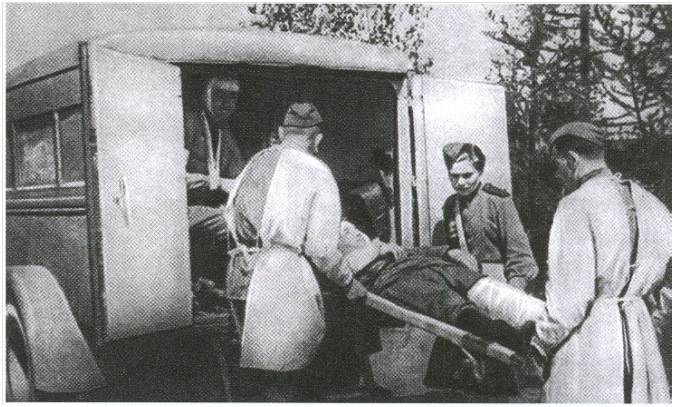
Millions of lives
In total, over the years of World War II, more than 22,3 million Red Army soldiers and commanders were hospitalized, of which almost 14,7 million were hospitalized due to wounds and injuries, and the rest due to illness. Military doctors cured and returned to service more than 72% of the wounded and over 90% of patients. Thus, more than 17 million troops returned to the army and continued to beat the enemy.
Such indicators became possible, first of all, thanks to the dedicated work of doctors, nurses and orderlies. And their work was provided with a diverse material part. Invaluable help to doctors was provided by special and general purpose vehicles and their crews. Without their work, military medicine could not save thousands and millions of lives.
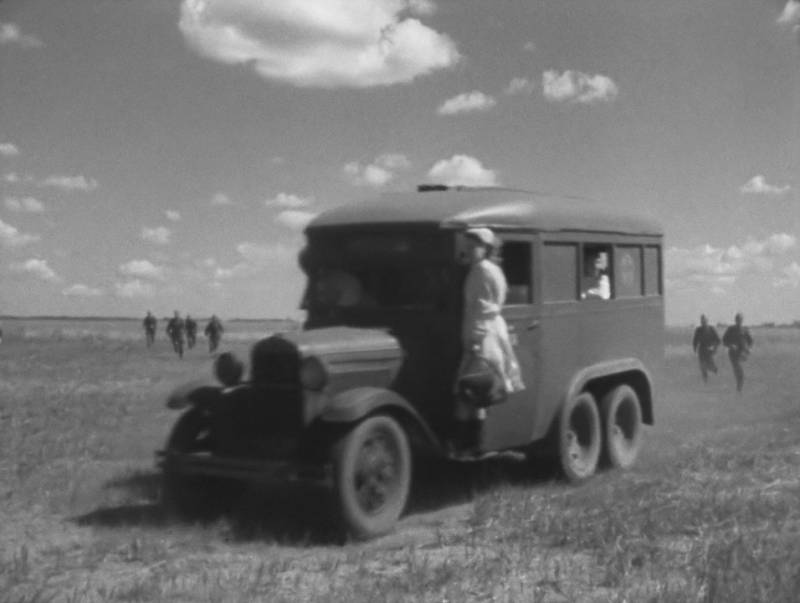
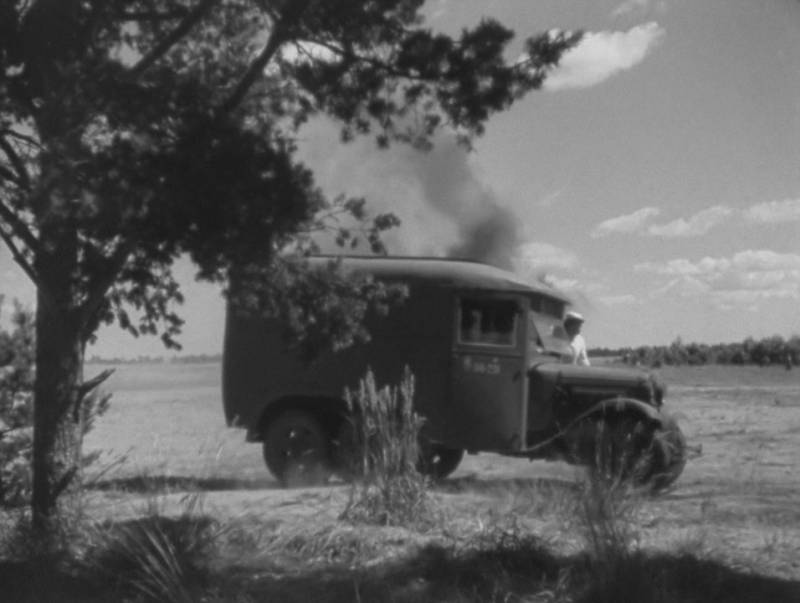
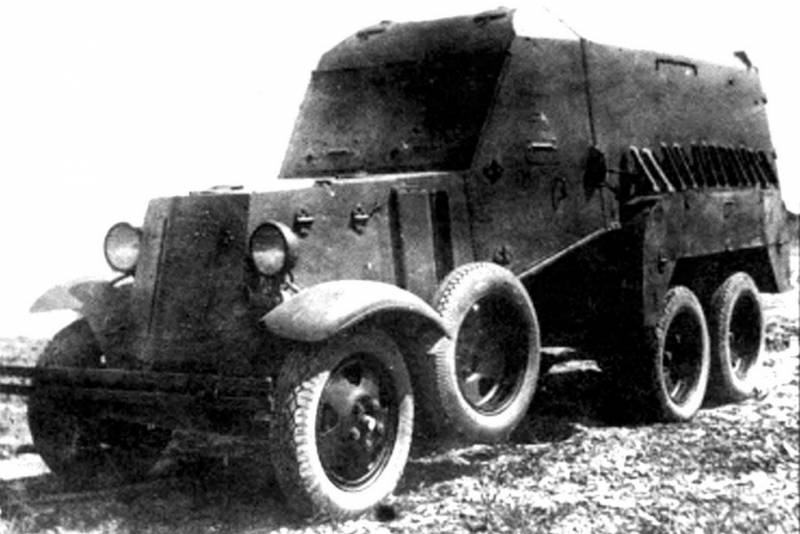
Information